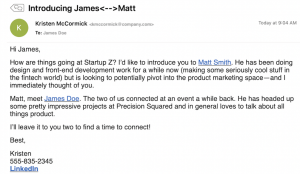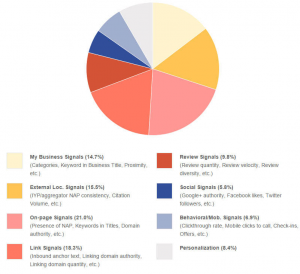Retailers can’t wait to start improving in-store and online experiences with genAI. First, they need to get their data in order, finds Salesforce in a new survey.
Although the overwhelming majority of retailers (93%) report using genAI in some form to improve in-store and online CX, many are struggling with access to siloed data. Only 17% think they have a unified view of the customer, while almost half are in the early stages of (or still considering) building customer profiles.
The statistics are based on a survey of 1,300 retailers by Salesforce and the Retail AI Council. Retailers are examining AI not just for the CX space but in order to streamline operations and increase productivity.
Facing challenges. “The inability to unify and harmonize data means that a retailer’s generative AI model could deliver ineffective or inaccurate results, or responses laced with toxicity and biases,” said Salesforce in a release. Collecting customer data is not the big problem (67% say they can do that); it’s cleaning and “harmonizing” it (fewer than half).
Retailers are, however, already seeking to address concerns about risk. Sixty-two percent report having guidelines to address transparency, data security and privacy.
Why we care. Generative AI is going to have impact across a full range of businesses. Retail (in-store and digital), CPG and supermarkets — just take a look at Instacart’s smart Caper Cart — are not immune.
In fact, Salesforce is betting on that, first with the introduction of AI tools specifically for retail marketers at NRF back in January; now with this reporting on where strategy needs to get straightened out.
The post Retailers struggle with basics for generative AI appeared first on MarTech.
MarTech(10)
Report Post






